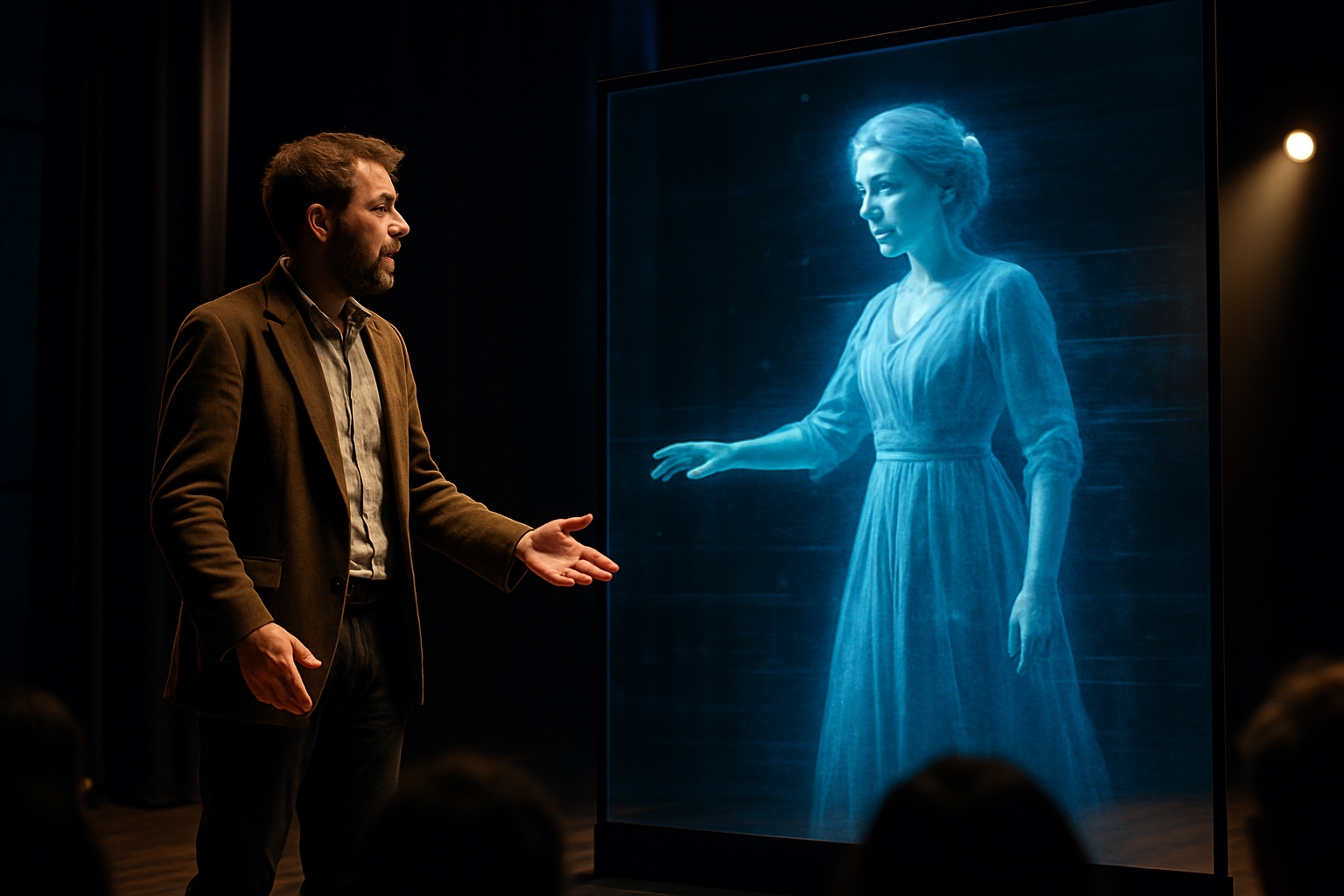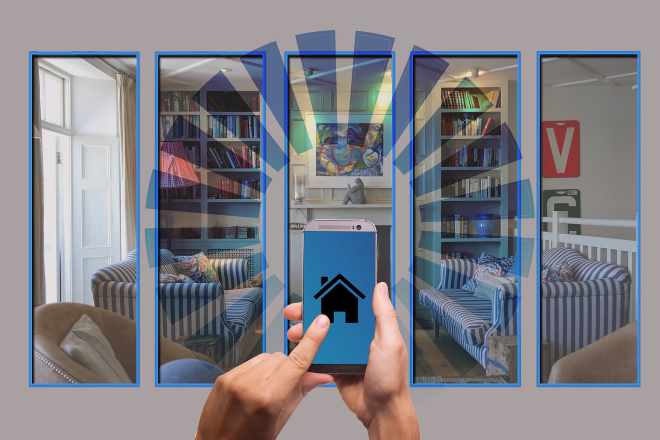Digital Scenography: Transforming the Stage with Technology
In an era where digital innovation touches every aspect of our lives, the world of theater is experiencing a fascinating metamorphosis. Digital scenography, a cutting-edge blend of traditional stagecraft and advanced technology, is revolutionizing how audiences experience live performances. This emerging art form is pushing the boundaries of theatrical design, creating immersive and interactive environments that were once the stuff of science fiction. As digital tools become more sophisticated and accessible, theaters worldwide are embracing this new frontier, redefining the very essence of stage production.

Pixels and Projections: The Building Blocks of Digital Scenery
At the heart of digital scenography lies projection mapping, a technique that turns objects, often irregularly shaped, into display surfaces for video projection. This technology allows designers to create seamless, three-dimensional illusions that can transform the entire stage in an instant. High-powered projectors, coupled with sophisticated software, can map intricate designs onto any surface, bringing static set pieces to life with movement and color. The result is a fluid, ever-changing backdrop that can shift from a bustling cityscape to a serene forest with the flick of a switch.
Interactive Elements: Bridging the Gap Between Actor and Environment
Digital scenography goes beyond mere visual spectacle; it introduces interactive elements that respond to the performers movements and actions. Motion sensors and depth cameras track actors on stage, triggering changes in the digital environment. This symbiosis between performer and scenery creates a more immersive experience for both the actors and the audience. In some productions, performers can manipulate virtual objects or initiate scene changes with a gesture, blurring the line between the physical and digital realms.
The Role of Augmented Reality in Modern Theater
As augmented reality (AR) technology becomes more sophisticated, its integration into theatrical productions is opening up new narrative possibilities. AR headsets or transparent screens can overlay digital elements onto the real world, allowing audience members to see additional layers of information or fantastical elements that enhance the story. This technology is particularly effective in site-specific performances, where the physical location becomes an integral part of the digital scenography, merging reality with the imaginary world of the play.
Challenges and Considerations in Digital Stage Design
While digital scenography offers exciting possibilities, it also presents unique challenges. Technical issues can be catastrophic in a live performance setting, requiring robust systems and backup plans. The cost of high-end equipment and specialized technicians can be prohibitive for smaller theaters. Moreover, there’s an ongoing debate about whether technology enhances or distracts from the human element of theater. Striking the right balance between spectacle and storytelling remains a crucial consideration for directors and designers working in this medium.
The Future of Digital Scenography
As technology continues to advance, the potential applications of digital scenography are boundless. Virtual reality could allow for fully immersive theatrical experiences, while artificial intelligence might enable scenery that adapts in real-time to audience reactions. The integration of social media and live streaming elements could create new forms of participatory theater that extend beyond the physical stage. As these technologies evolve, they promise to redefine our understanding of theatrical space and storytelling, ushering in a new era of creative expression in the performing arts.





